 |
|
Ancient Theater in Turkey Perge |
||||||||||||
|
|
|
|||||||||||
|
||||||||||||
|
According to current knowledge, the (Roman) Perge Theatre was built between 70 AD and the middle of the 2nd century AD, presumably on top of a Hellenistic predecessor building. Under the Roman Emperor Septimius Severus (193-211 AD) the orchestra was converted into an arena. The stage house as it is visible today was probably begun under Mark Aurel (Roman Emperor 161-180 AD) and completed in a second construction phase around 220 AD. Under Emperor Tacitus (275-276 A.D.), further alterations were made to the theatre, which last had a capacity of 11,000 spectators. The stage house was decorated with marble reliefs. They show scenes from the mythology of the wine god Bacchus, the river god Kestros and the goddess of fate Fortuna. Parts of this frieze can be found in the archaeological museum of Antalya. |
||||||||||||
| The history of Perge: | ||||||||||||
|
Traces of settlement of the early Chalcolithic (4th millennium BC) on Table Mountain form the oldest evidence. The place named in a Hittite state treaty of about 1235 BC Parḫa can be equated with Perge. This suggests a Late Bronze Age settlement, the remains of which have since been discovered and published in 2010. |
||||||||||||
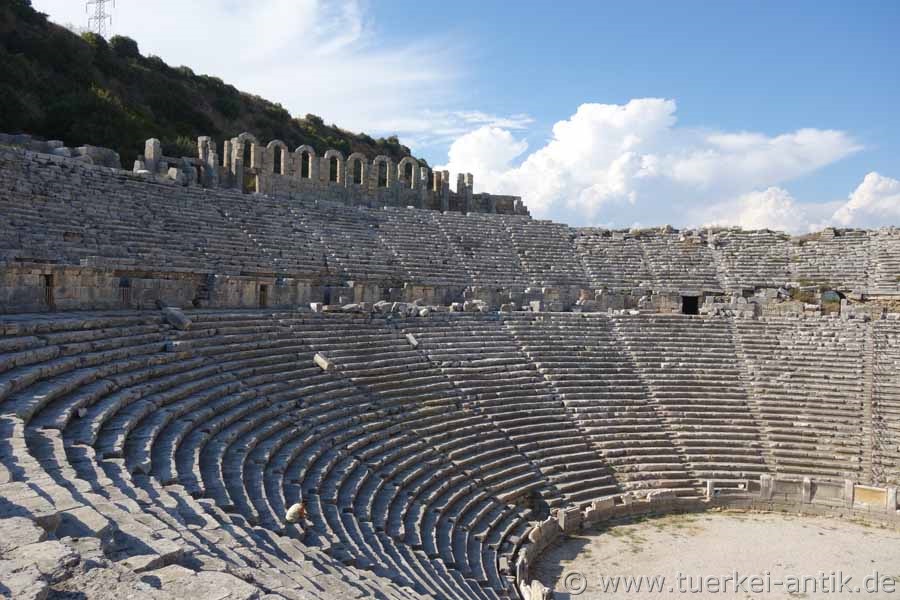 |
||||||||||||
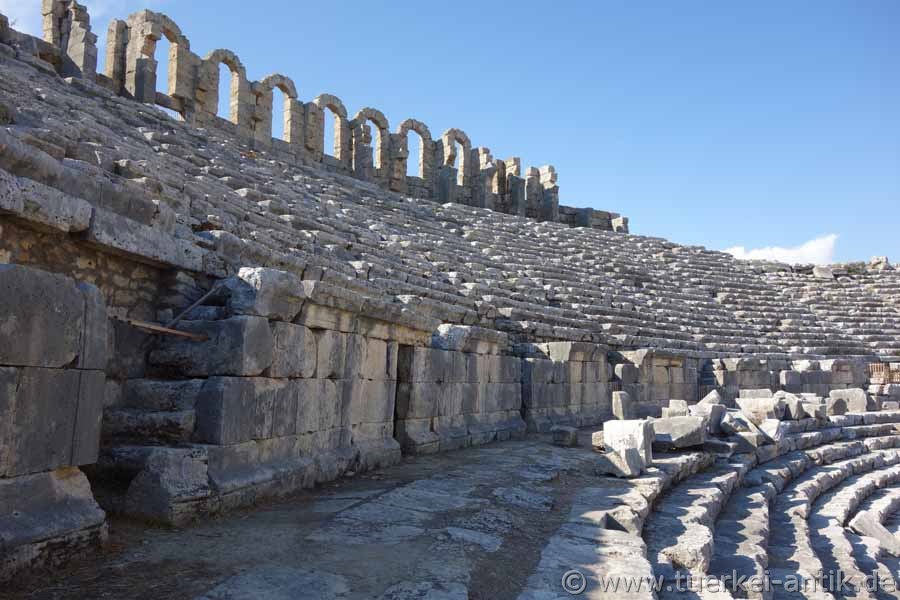 |
||||||||||||
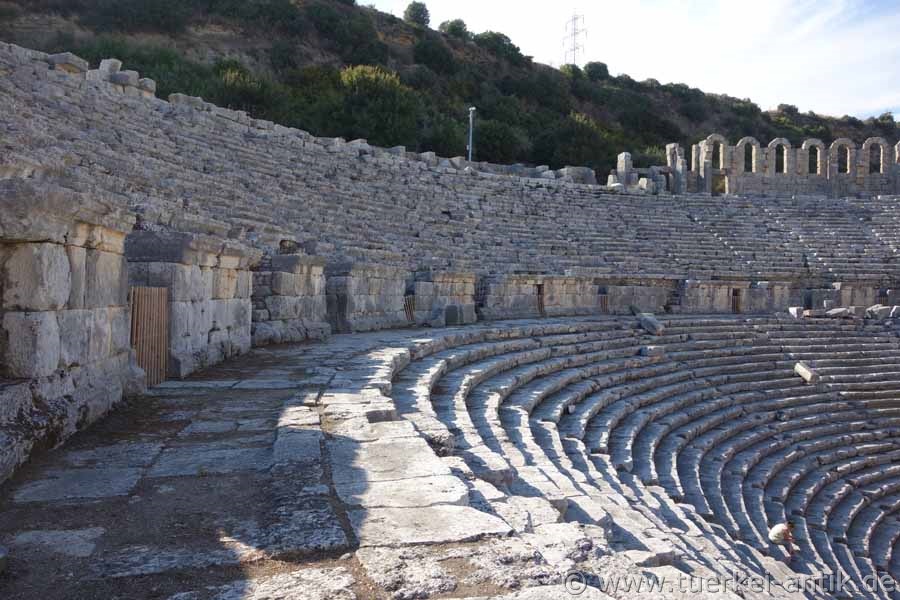 |
||||||||||||
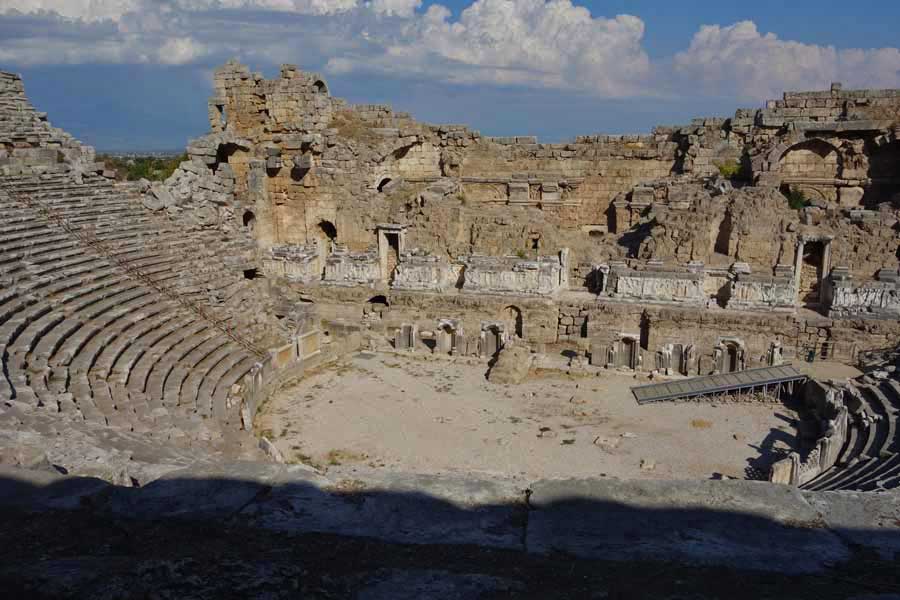 |
||||||||||||
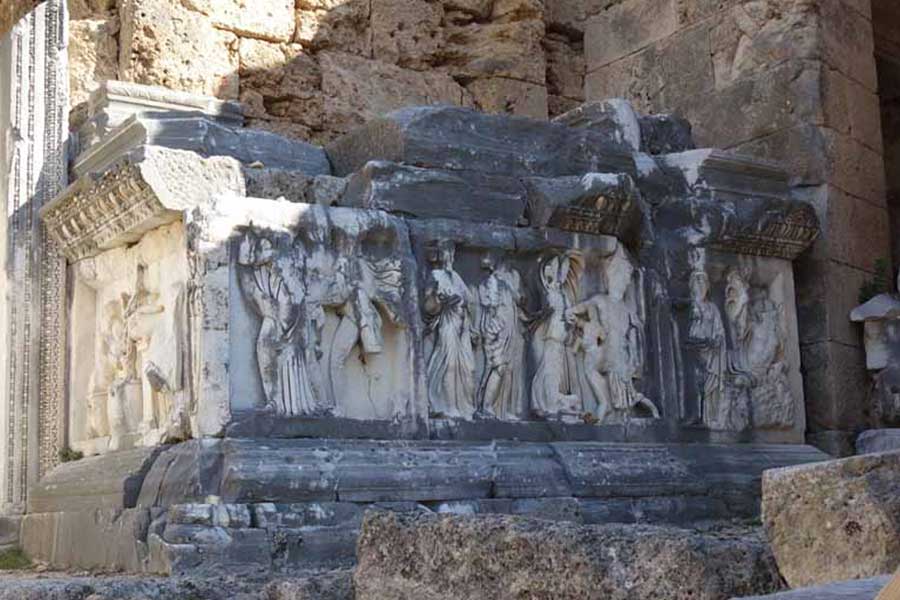 |
||||||||||||
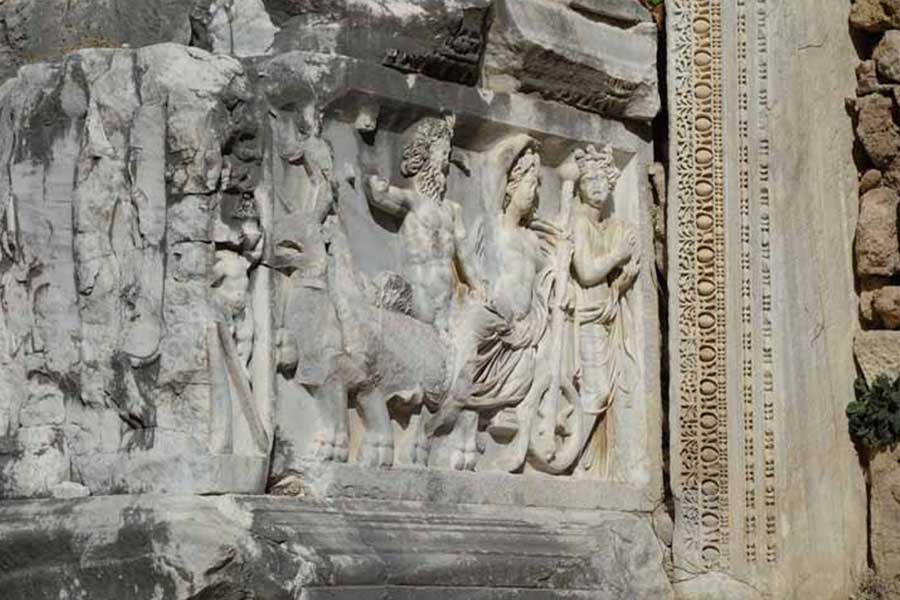 |
||||||||||||
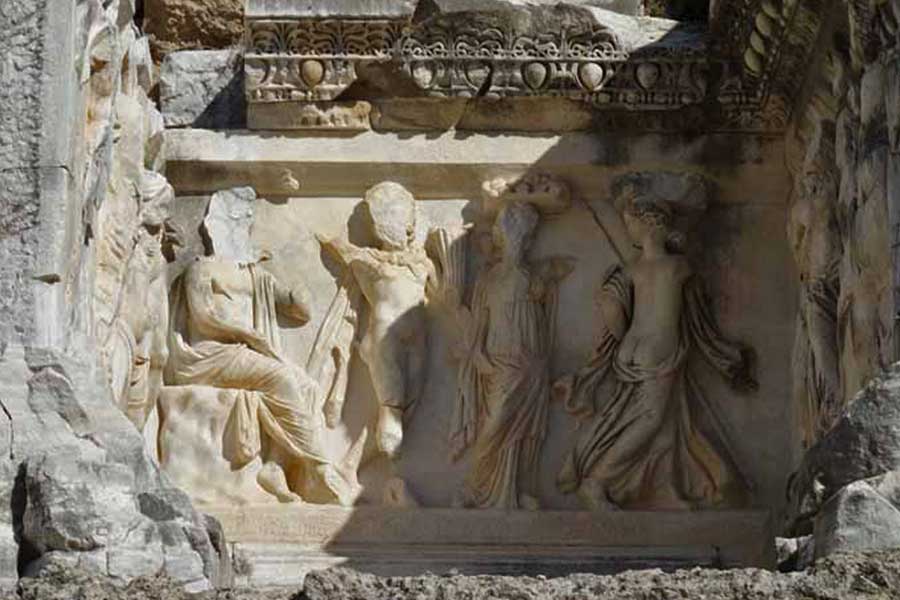 |
||||||||||||
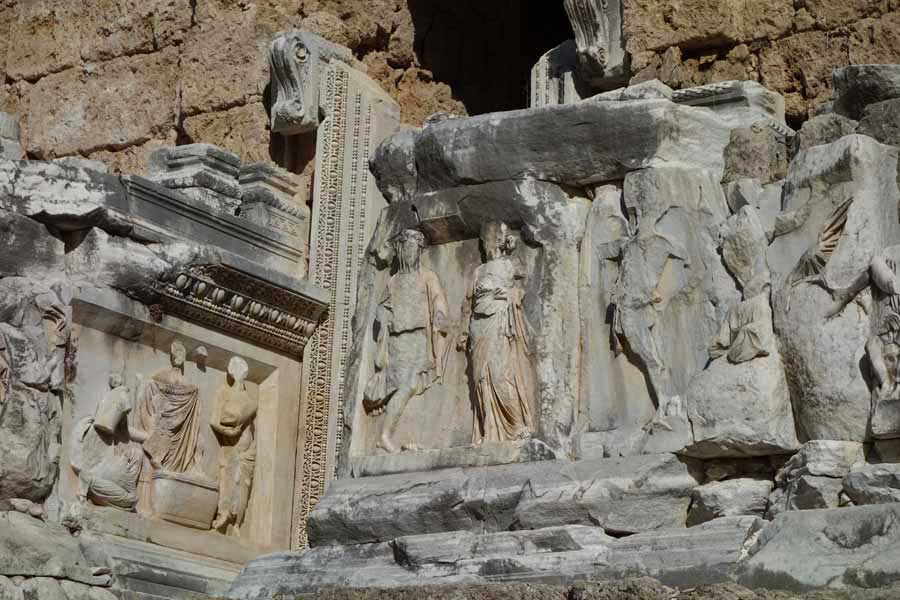 |
||||||||||||
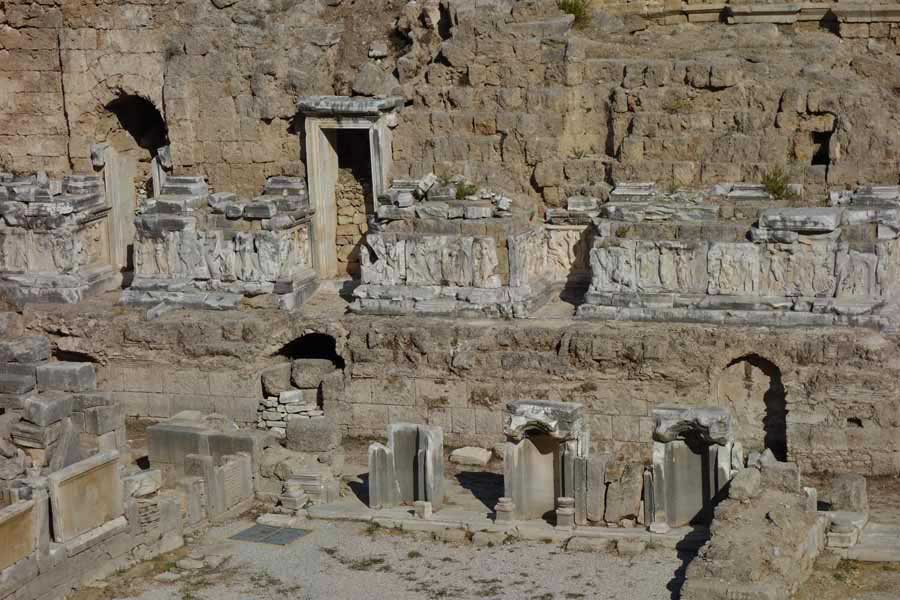 |
||||||||||||
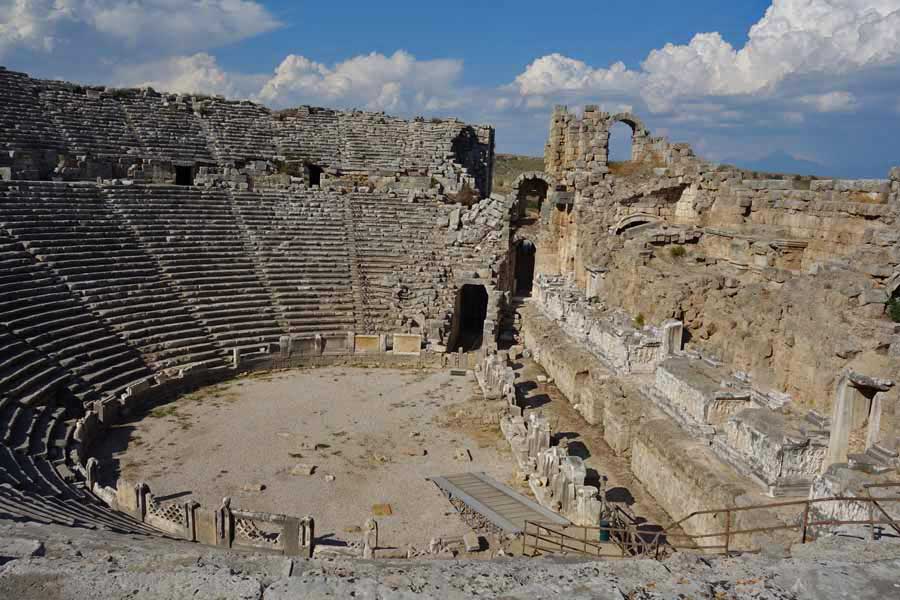 |
||||||||||||
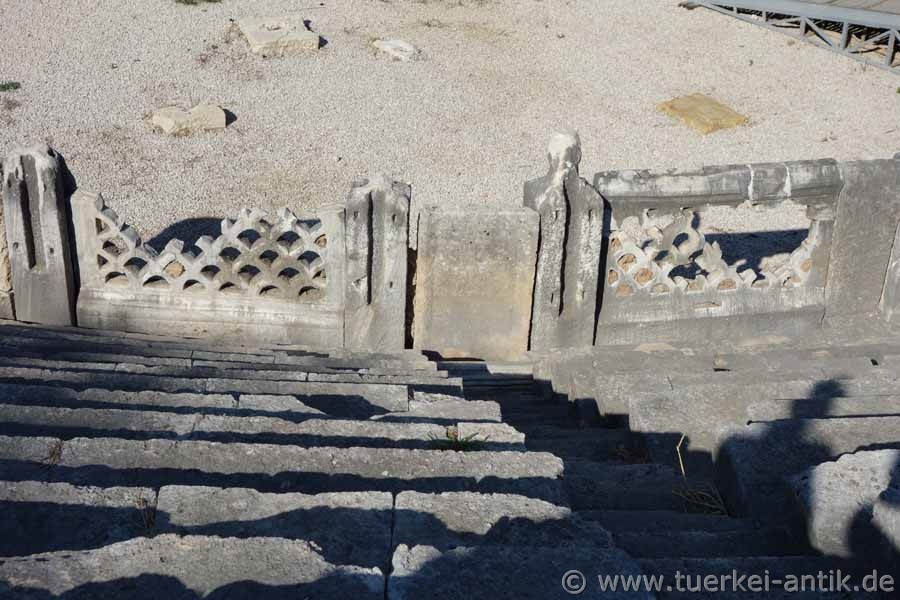 |
||||||||||||
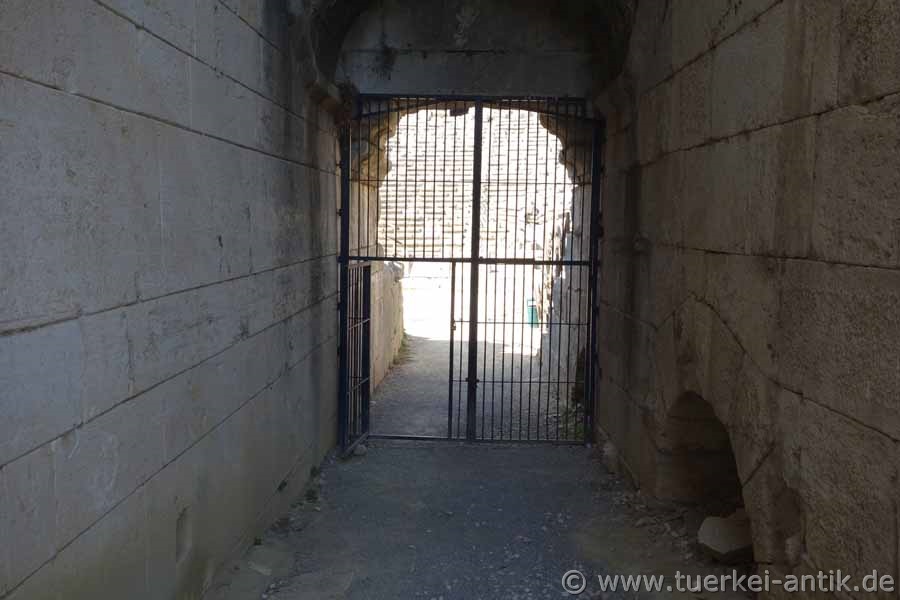 |
||||||||||||
|
|
||||||||||||
|
|
||||||||||||
| Photos: @chim | ||||||||||||
| Translation aid: www.DeepL.com/Translator | ||||||||||||
| Source: Wikipedia and others | ||||||||||||
|
|
||||||||||||

